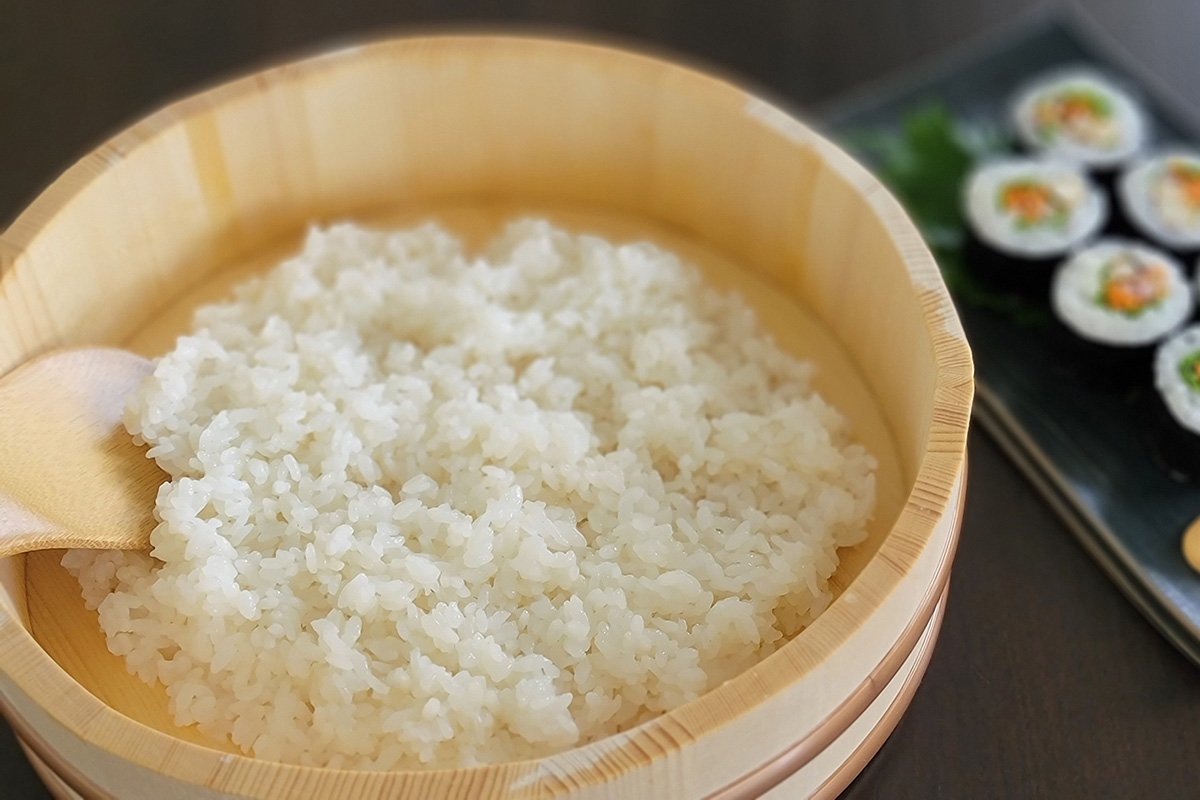Understanding Vegetable Stock
Vegetable stock is a flavorful liquid made by simmering a combination of vegetables, herbs, and spices in water. It serves as a base for soups, stews, sauces, and other dishes, adding depth and complexity to the final product. While it is often used as a substitute for meat-based stocks, vegetable stock is also a popular choice for vegetarians and vegans due to its plant-based ingredients.
Ingredients
Vegetable stock can be made using a variety of ingredients, but some common components include:
- Onions
- Carrots
- Celery
- Garlic
- Mushrooms
- Tomatoes
- Parsley
- Thyme
- Bay leaves
These ingredients are typically chopped or sliced to expose their flavors and then simmered in water to extract their essence.
Benefits of Vegetable Stock
There are several benefits to using vegetable stock in cooking:
- Flavor: Vegetable stock adds a rich, savory flavor to dishes, enhancing the overall taste.
- Healthier Option: For individuals looking to reduce their intake of animal products, vegetable stock provides a nutritious alternative to meat-based stocks.
- Versatility: Vegetable stock can be used in a wide range of recipes, from soups and risottos to gravies and braises.
- Customization: Home cooks can tailor the ingredients in vegetable stock to suit their personal preferences, creating a unique flavor profile for their dishes.
How to Make Vegetable Stock
Making vegetable stock at home is a straightforward process that allows for creativity and customization. Here’s a basic recipe to get you started:
- Prepare the Vegetables: Wash and chop a variety of vegetables, such as onions, carrots, and celery. Avoid using vegetables with overpowering flavors, like Brussels sprouts or cabbage.
- Sauté the Vegetables (Optional): For a deeper flavor, you can sauté the vegetables in a bit of oil until they are lightly browned.
- Add Herbs and Spices: Tie together a bundle of herbs, such as parsley, thyme, and bay leaves, and add them to the pot of vegetables.
- Simmer: Cover the vegetables and herbs with water and bring the mixture to a gentle simmer. Let it cook for about 45 minutes to an hour to allow the flavors to meld.
- Strain: Once the stock has developed a rich flavor, strain out the vegetables and herbs, leaving behind the liquid.
- Cool and Store: Allow the vegetable stock to cool before transferring it to containers for storage. It can be refrigerated for a few days or frozen for longer-term use.
Using Vegetable Stock in Recipes
Once you have a batch of vegetable stock on hand, there are countless ways to incorporate it into your cooking. Use it as a base for soups and stews, or as a flavorful liquid for cooking grains like rice and quinoa. You can also use it to deglaze pans when making sauces or to add depth to vegetarian dishes.
Whether you choose to make your own vegetable stock or purchase it from the store, incorporating this versatile ingredient into your cooking can elevate the flavors of your favorite dishes while providing a healthier, plant-based alternative to traditional stocks.
Experiment with different combinations of vegetables and herbs to create a stock that suits your taste preferences, and enjoy the depth of flavor that vegetable stock brings to your culinary creations.
Was this page helpful?
Read Next: What Is Praline Chocolate?











